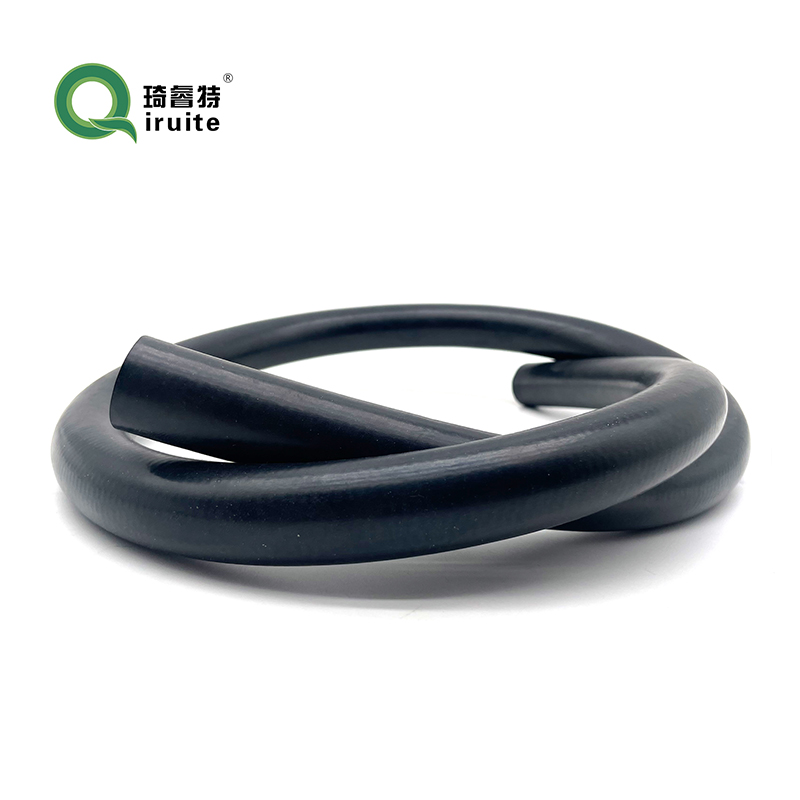auto ac hose repair
Understanding Auto AC Hose Repair A Comprehensive Guide
Auto air conditioning systems are crucial for maintaining comfort in vehicles, especially during hot weather. One of the common issues that can arise in these systems is a failure or damage in the AC hose. Understanding how to repair AC hoses can save car owners time and money while ensuring that their vehicle remains cool and comfortable.
What is an AC Hose?
The AC hose is a vital component of a car's air conditioning system. It carries refrigerant between different parts of the system, allowing for the cooling process to occur. There are two main types of hoses in an AC system the high-pressure hose, which connects the compressor to the condenser, and the low-pressure hose, which connects the evaporator to the compressor. If either of these hoses gets damaged, it can lead to a loss of refrigerant, affecting the overall efficiency of the AC system.
Common Signs of a Damaged AC Hose
Recognizing the signs of a damaged AC hose is crucial for timely repairs
. Some symptoms include1. Refrigerant Leaks Often, a damaged hose will leak refrigerant, which can be visible as a greenish or oily substance around the hose connection. 2. Poor Cooling Performance If your AC isn’t producing cold air, it could be due to low refrigerant levels caused by a leak. 3. Unusual Noises Hissing or bubbling noises from the AC system can also indicate a problem with the hoses. 4. Visible Damage Cracks, frays, or bulges in the hose material are clear indicators that the hose needs to be replaced.
Repairing or Replacing the AC Hose
auto ac hose repair

When it comes to repair, a damaged AC hose typically needs to be replaced rather than simply patched up. Here are steps to effectively replace an AC hose
1. Gather Necessary Tools You'll need basic tools like wrenches, screwdrivers, and possibly a refrigerant recovery machine if you plan to evacuate the refrigerant yourself. 2. Release the Refrigerant Before beginning any repair, it’s essential to safely evacuate the refrigerant from the system. This is best done by a professional, as refrigerants can be harmful to the environment and require specific handling.
3. Remove the Old Hose Locate the damaged AC hose and remove it by loosening the clamps or fittings. Ensure you have a drain pan in place to catch any leftover refrigerant.
4. Install the New Hose Position the new AC hose in place and securely fasten it using the clamps or fittings. Make sure the connections are tight to prevent future leaks.
5. Recharge the System After the new hose is in place, the AC system will need to be recharged with refrigerant. This should be done in accordance with the vehicle manufacturer’s specifications.
6. Test the System Once everything is reassembled, turn on the AC system to check for any leaks or performance issues.
Conclusion
ARrepairing or replacing a damaged auto AC hose is an important task that should not be overlooked. By staying attuned to the signs of a failing hose and addressing repairs promptly, vehicle owners can ensure their air conditioning systems operate efficiently, delivering the comfort they need during sweltering summer days. If you're not comfortable performing the repairs yourself, it's always best to consult with a professional mechanic.
-
Ultimate Spiral Protection for Hoses & CablesNewsJun.26,2025
-
The Ultimate Quick-Connect Solutions for Every NeedNewsJun.26,2025
-
SAE J1401 Brake Hose: Reliable Choice for Safe BrakingNewsJun.26,2025
-
Reliable J2064 A/C Hoses for Real-World Cooling NeedsNewsJun.26,2025
-
Heavy-Duty Sewer Jetting Hoses Built to LastNewsJun.26,2025
-
Fix Power Steering Tube Leaks Fast – Durable & Affordable SolutionNewsJun.26,2025

